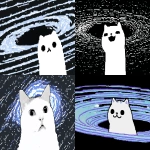Explore the Best AI Image Gallery
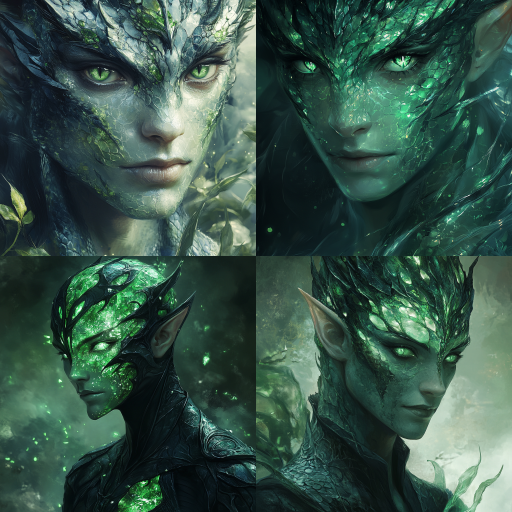
Revolutionizing Product Photography with AI Technology
In the current digital landscape, product photography has undergone significant transformation, with artificial intelligence (AI) taking a front-row seat. The fusion of AI technology into product photography is reshaping how brands showcase their products, allowing for greater efficiency, creativity, and scalability. This post explores the profound impacts of AI on the creative industry, delving into its uses, ethical considerations, and what the future holds.
Impact of AI on the Creative Industry
AI technologies are not merely tools but are becoming integral to creative processes, especially in photography. Traditional photography methods demanded time, expertise, and substantial resources, often leading to bottlenecks in production. However, AI-powered tools streamline these processes, automating repetitive tasks like image editing and retouching.
This automation frees up creative professionals to focus on more strategic elements of their work, enhancing their productivity. For example, AI algorithms can analyze product images' composition and suggest enhancements, allowing photographers to experiment with styles they might not have considered otherwise.
Potential Uses of AI in Product Photography
The potential applications of AI in product photography are numerous:
- Image Enhancement: AI can dynamically enhance images, applying corrections for lighting, color balance, and sharpness without the need for manual intervention.
- Background Removal: Traditional methods of cutting out backgrounds can be tedious. AI tools effectively identify and remove backgrounds, allowing for cleaner, more professional-looking product shots.
- Virtual Try-Ons: Retailers are utilizing AI to provide consumers with virtual fitting rooms, allowing customers to see how products appear in use before purchase.
- Automated Content Generation: AI can generate product descriptions and metadata based on the images uploaded, improving marketing efficiency.
- Personalization: By analyzing consumer data, AI can customize the type of product imagery shown to users, increasing engagement and conversion rates.
Ethical Considerations
With great power comes great responsibility. The integration of AI into product photography raises ethical concerns, particularly regarding authenticity and representation. AI algorithms are only as good as the data they are trained on, which introduces potential biases. If these biases are not addressed, they can perpetuate stereotypes and provide misleading representations of products.
Additionally, businesses need to ensure transparency in their use of AI. Consumers have become increasingly aware of AI's role in content creation, and revealing the extent to which AI influences product photography can foster trust. A lack of transparency might lead to skepticism about the authenticity of product images.
Future Trends in AI and Product Photography
As technology advances, the future of AI in product photography looks promising. Key trends anticipated in the industry include:
- More Immersive Experiences: With the rise of AR and VR, AI will play a pivotal role in creating immersive environments for showcasing products, pushing the boundaries of conventional product photography.
- Improved Customization: AI's capacity for data analysis will continue to grow, leading to even more personalized product imagery tailored to individual consumer preferences.
- Real-time Editing: Future applications might include live adjustments made by AI during photography sessions, ensuring images meet brand standards on the spot.
- Sustainable Practices: AI could help optimize resource usage in photography by utilizing virtual models instead of physical products, reducing waste and carbon footprints.
In conclusion, AI's integration into product photography marks a new era of innovation in the creative industry. While it brings about remarkable efficiencies and opportunities for artistic exploration, the ethical implications and potential biases remind us to tread carefully. As we embrace this transformation, it is vital to navigate the challenges thoughtfully while harnessing the immense potential AI offers.
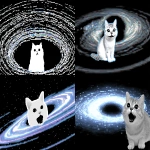


](https://images.ai-img.art/thumbnails/150/018f1a1ee849a1e243afed64711c5f5724e96bb74b356700fd3a66bb5636761c.webp)


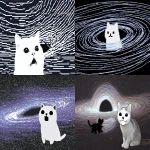
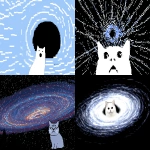
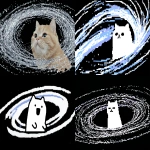


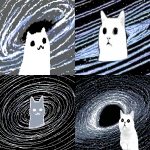

](https://images.ai-img.art/thumbnails/150/8c6176214f6f2481079d22fb26af3541bbf790b6689f4167cc5d0f8977178794.webp)

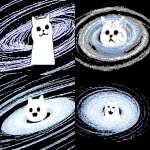
](https://images.ai-img.art/thumbnails/150/b2fc8ec1aff277ac08f2e13061263c0dc0ffe239e21cb48abda5fb07d41e6fcc.webp)
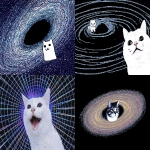
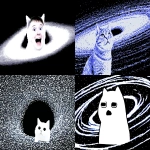
](https://images.ai-img.art/thumbnails/150/44a2ef323f11e2c1ae314ae5cc50c1635d5debc47791cbc5086ffce148d0768d.webp)
](https://images.ai-img.art/thumbnails/150/9ed5bfa26a470b25b0d1e6f85ef8ff0cf6f6247917141bcb9ed0258d4f7b0f96.webp)



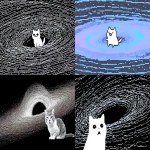
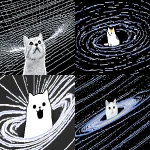

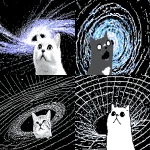


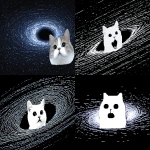
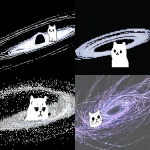


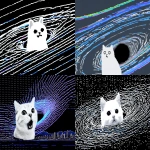
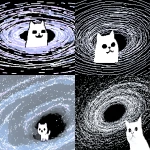
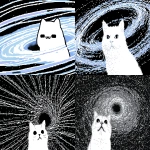

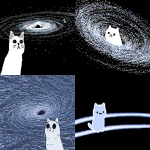
](https://images.ai-img.art/thumbnails/150/c73823d3ba6243749856dbde2c48b409f0ff28a451c99fcfceea31525aad8092.webp)


](https://images.ai-img.art/thumbnails/150/95eba356786256ca0eb41b724911740de9de196112b2991f409eb0ffbf1f3830.webp)


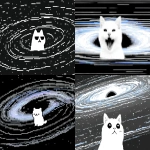

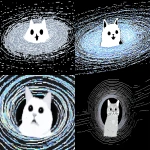
](https://images.ai-img.art/thumbnails/150/2d64720223058892e7888dae50033d67f46410af61eb4655fdd34e90b77d5c47.webp)
